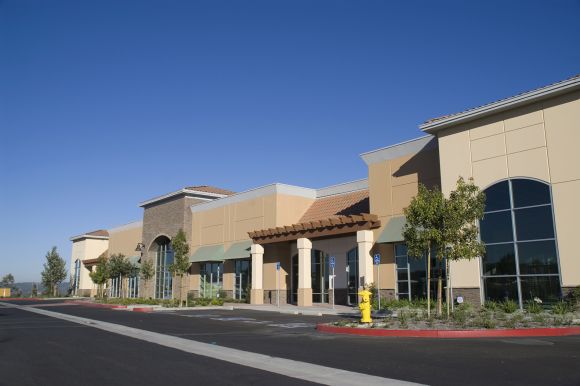It’s been said that in business, the only thing constant is change. And for the grocery industry, it’s certainly a commodity of which there is no shortage on the road ahead.
A highly competitive grocery space is challenging grocery retailers to stay ahead of the curve to continue to grow store count and the bottom line.
But, consumer demands, competition, innovation and technology are the resounding themes that present both opportunities and challenges to the grocery industry.
Fundamental Changes Lie Ahead
Driven by changing consumer behavior and competition, not just from other grocers, but from retailers that smell opportunity and have already established significant localized store networks, grocery retailers are moving to protect, grow and expand their sales.
Consumer Demands Will Continue to Diversify and Intensify: the biggest change in consumer behavior during the past two decades has been a push toward greater convenience and this demand for speed and convenience will only increase tenfold in the years to come – the Millennial generation will not accept anything less.
Competition will continue to intensify – even from unexpected channels: during the recession dollar stores, gas stations, and pharmacies broadened their offerings of packaged foods and leveraged their smaller, neighborhood serving store networks. That convenience resonated with many consumers and continues to do so today.
Grocery Store Innovation
The most significant trends that are emerging are those that are enabled and powered by technology.
Grocers are using technology to spur sales and communicate more effectively with their customers as well as integrate online grocery shopping with their real estate strategies.
While online grocery shopping has been tried in the past with little to no success, it is now an established force and is a lot bigger than many people give it credit for. 
The online grocery industry is expected to grow at a compounded annual growth rate of 9.5% and reach $9.47 billion in 2017, up from about $6 billion today.
And the number of grocers participating in online grocery services in the U.S. is forecasted to grow at an average annual rate of 5.8% and reach 2,147 grocery stores by 2017.
We’ve talked previously about how brick and mortar stores fit into e-commerce and the various e-commerce models grocery stores have adopted, but as online shopping becomes more prevalent, grocery retailers are boosting their capabilities.
For example, Safeway enhanced its online grocery site to make it more accessible and usable for the online shoppers who have visual impairments, without affecting the content or look and feel of the website.
And Giant Food Stores is developing its partnership with Peapod by adding its 10th Giant pickup location in Pennsylvania, opening new fulfillment centers and expanding its delivery service to more than 25 ZIP codes. Shoppers can also use Peapod’s mobile app to shop, create lists and read nutrition information from their laptops, tablets or smartphones.
And this is only the beginning.
Innovation has always played a role in the grocery business, but in the years ahead, it will take forms that may reshape the fundamental reasons why customers visit their local grocers.
Technology and Data Will Continue to Create Opportunities and Drive Change
Even though consumers won’t stop shopping at traditional brick and mortar locations altogether anytime soon, as the overall grocery landscape changes, it’s essential for brick and mortar grocers to adapt to the changing times and modify their business models in order to remain competitive.
Fortunately the depth of available demographic and psychographic data is opening up new opportunities for grocers. Customer analytics can allow grocery retailers to explore the potential that online grocery shopping holds by offering data-driven insights that answer questions like:
- Of our existing stores, which locations have trade areas that are ripe for online grocery shopping?
- How do I prioritize existing stores based on customers in the store trade area that are most likely to be online customers – from both residential and workforce populations?
- How can I effectively market our online grocery shopping services at the household-level?
Consumers’ desire for both great value and convenience, coupled with aggressive competition at the neighborhood level by dollar store and convenience store operators have set the stage for major shift in real estate strategy for many grocers.
If you need help answering these questions or want to discuss how to incorporate online grocery services into your real estate strategy click below.



